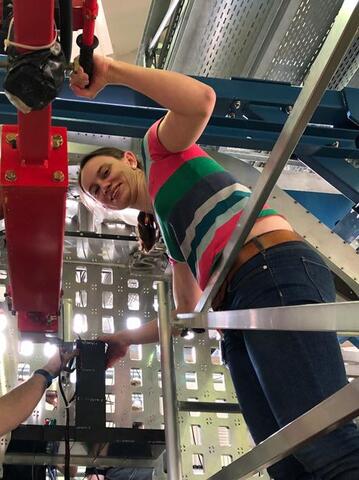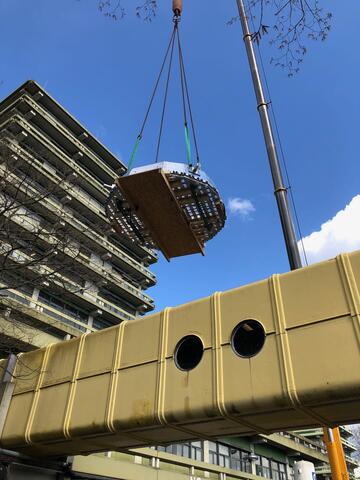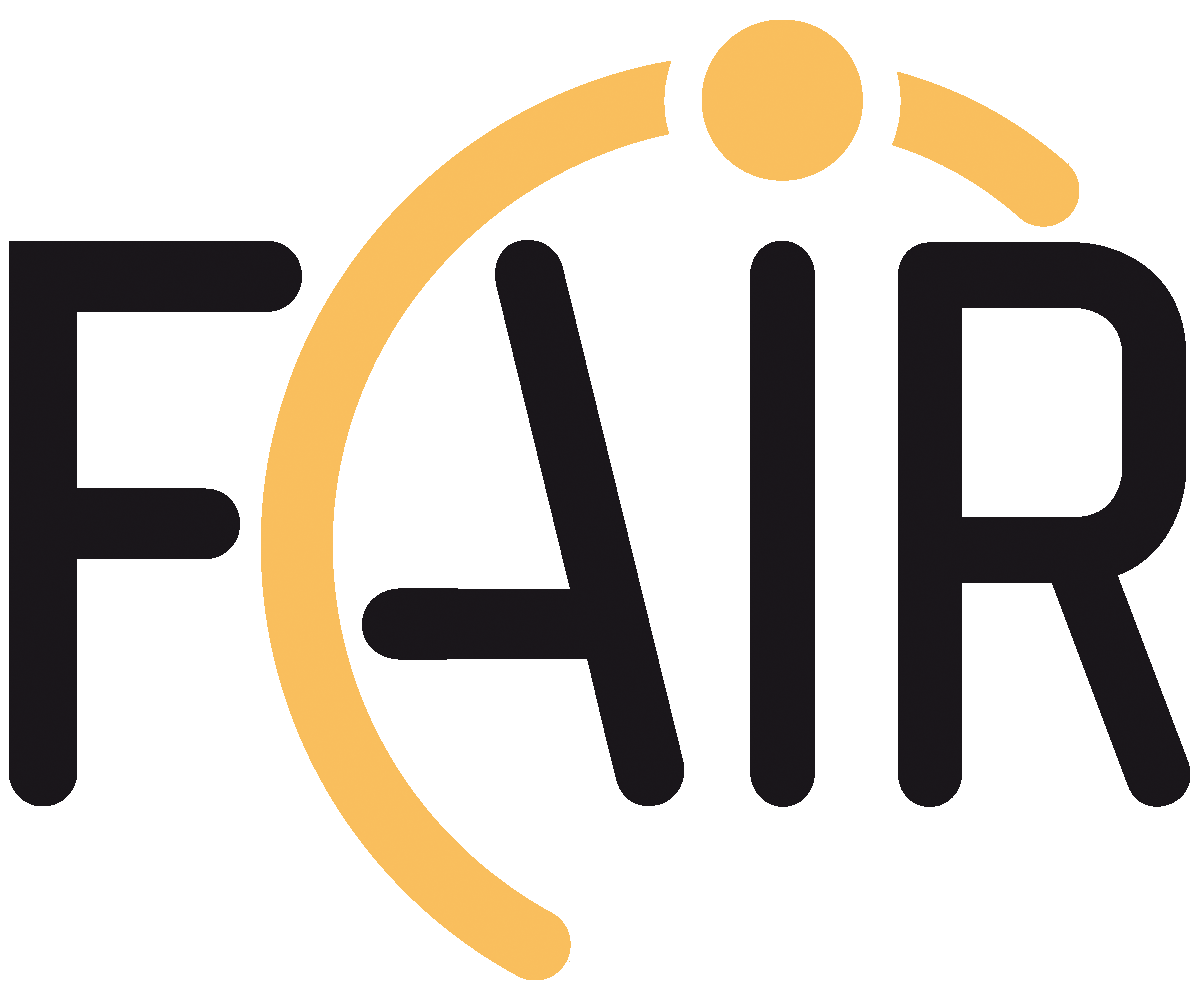Workshop „Physics Opportunities with Proton Beams at SIS100” was held in Wuppertal
PANDA meetings
04/03-08/03 2024 CM 24/1 in Münster
24/06-28/06 2024 CM 24/2 at GSI
25/06-26/06 2024 FEE/DAQ Workshop
04/11-06/11 2024 CM 24/3 at GSI
05/03-07/03 2025 WS at GSI
16/06-20/06 2025 CM 25 in Uppsala
The future experiment \PANDA@FAIR is a fix-target $\bar p p$ experiment that will run in the energy range [1.5-15.0] GeV, and it is supposed to reach a peak luminosity up to 2$\cdot$10$^{31}$ cm$^{-2}$ s$^{-1}$ in the first phase of data taking. This will allow to perform a number of analyses which are suppressed or forbidden at running experiments, especially in the sector of charm and charmonium physics. Investigating narrow resonances, measure their width and understand their properties is the core of the \PANDA~physics program in the {\it day-one} experiment. This contribution reports about the feasibility studies to measure the width of very narrow states by performing a threshold scan. The case of the $D_{0s}^*(2317)^+$ will be discussed with new theoretical developments to evaluate the cross section and the rate for the process $\bar p p \rightarrow D_s^- D_{s0}^*(2317)^+$, as an original contribution of the \PANDA~physics program. Eventually new resonances with $\bar c c \bar s s$ quark content could be investigated in the $D_s^- D_{s0}^*(2317)^+$ invariant mass system. We recall that recently the LHCb experiment published about four resonances with the above mentioned quark content in the $J/\psi \phi$ invariant mass system through B decays, only. Therefore the hereby presented study might be of high interest from experimental as well as theoretical point of view, and offers a complimentary search in a different reaction mechanism.





